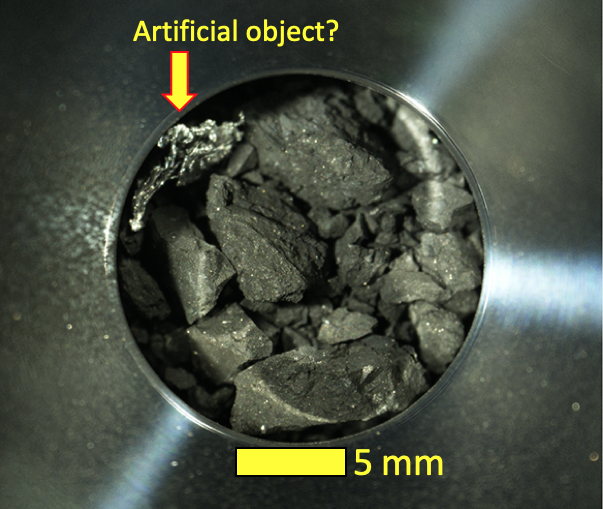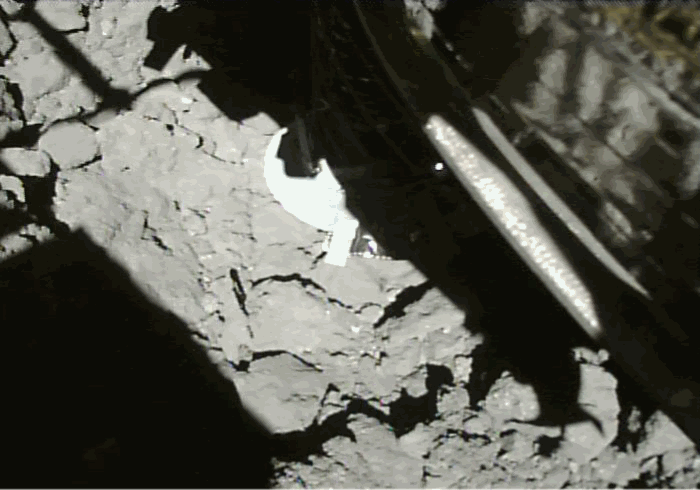ONTARIO
Dividends still went out even after soldiers marched in to long-term care homes
© Provided by National Post A staff member escorts members of the Canadian Armed Forces in to a long term care home, in Pickering, Ont. on Saturday, April 25, 2020.
OTTAWA – In the spring, Sienna Senior living needed military support in two of its overwhelmed long-term care homes where COVID-19 was surging, but even though soldiers were marching in, the company still paid out $45 million to its shareholders.
Siena is a publicly traded company that runs dozens of long-term care homes and retirement residences in Ontario and British Columbia. During the spring, two of its homes required military support; Altamont Care Community where 53 people have died and Woodbridge Vista Care Community where 31 people died.
In a report that was made public in the spring , military officers detailed appalling conditions at Altamont, including patients receiving meals late and not receiving three meals a day. When the military first arrived, they reported, some residents had been bed bound for weeks. Staff were overworked and under-resourced with personal support workers expected to cover 30 to 40 patients each on evening shifts.
The military pegged the overall cost of its COVID operations at $418 million, but that includes support for the public health agency’s warehouses, as well as the deployment to dozens of long-term care homes, seven in Ontario and another 47 in Quebec.
According to a spokesperson, for the complete operation the forces called up 9,711 reservists, at a cost of $207.8 million. The military spent another $34.2 million on travel, medical equipment, PPE and training.
Some of the costs would have been paid regardless of the pandemic, like the salaries of military doctors and nurses. Some operations that had been planned were cancelled leading to savings, but the forces’ estimate for the additional costs is still $255 million.
When the crisis hit, Sienna’s stock price plummeted, losing nearly half its value in early March. Since then, however, it has regained about half of its losses. It has also continued to pay out dividends to shareholders. The dividends were $15.6 million in the first three quarters of this year and it is likely to continue into the final quarter.
In a response, the company said the dividends were necessary and it has invested $20.5 million above and beyond any government support to improve the care homes.
“Dividends are similar to interest costs on loans — dividends are paid to shareholders who have provided the capital necessary to invest in the maintenance, upgrading and building of new long-term care residences,” the company wrote in a statement to the National Post.
“At no point has the payment of dividends taken away from front-line care.” BULLSHIT
In addition to the military’s support, Sienna’s fiscal statements reveal the company received $21 million from the Ontario government for staffing and PPE and $4 million for capital spending to improve infection control.
The financial statement mentions the company has also applied to the government to expand the Altamont Care facility, redeveloping the 159 beds and adding 161 new ones.
Three of the company’s homes were overseen by hospitals during the pandemic and Sienna paid those hospitals $1.9 million in management fees. Long-term care homes are generally paid on an occupancy basis, but the provincial government is covering lower occupancy rates for now. Sienna is also facing several lawsuits, from patients and their families, over its handling of the pandemic.
The company said it’s offering more employees full-time hours to keep them. But a note in the financial statements reveals, while it brought on 1,400 full-time and 1,100 part-time workers between March and October, it has also lost 1,700 people for a net increase of 800 people.
The company said staffing was an issue across the long-term care sector and it struggled just as other companies did.
“Given the intensity of the pandemic, many front-line workers chose to leave the field. At the same time, COVID-19 created an intense demand for registered staff across the LTC sector, as well as from hospitals, schools and other workplaces.”
Prime Minister Justin Trudeau was asked about the company’s decision to pay out dividends, but didn’t weigh in on the issue.
“I know over the coming months there will be many reflections by Canadians and others on that.”
The federal government put no financial conditions on companies receiving military assistance. It also did not prevent companies that received the government’s wage subsidy from paying out dividends to shareholders. Sienna did not receive the wage subsidy, but others in the long-term care sector did.
He said with the situation deteriorating so drastically in the spring, the government only wanted to do what it could to help.
“Our focus from the very beginning, was to just be there for Canadians who needed help.”
Public ownership
NDP Leader Jagmeet Singh, who has frequently called for long-term care homes to be put into public ownership, said the company’s behaviour is reprehensible.
“A pandemic is happening, people are dying, there are horrible conditions, the military is called in all that on one side and on the other they’re paying out dividends.”
The federal government is expected to be asked to spend more money in the coming years on long-term care homes and is pushing for national standards. Singh said all of that should happen, but that renewed funding shouldn’t become profit.
”I don’t think many Canadians would feel comfortable that if we transfer money to take care of seniors, which we should, if we transfer more money to long-term care which we should, if that money went to paying shareholder dividends, or if that money goes to, to the bonuses for executives,” he said. “If we’re spending public money to help seniors that doesn’t actually end up caring for seniors, no one would think that’s a good idea.”
are cared for.”
Singh said the government could buy out the for-profit long-term care homes, starting with Revera, a company that is already owned by the Public Sector Pension Investment Board
“If we could do it with a pipeline — which I think was a bad decision — we could absolutely do it to ensure seniors

























